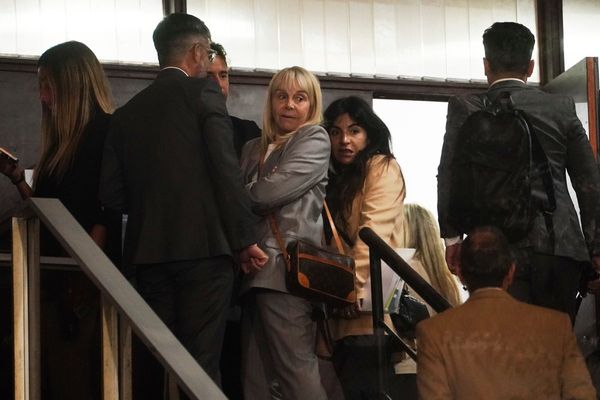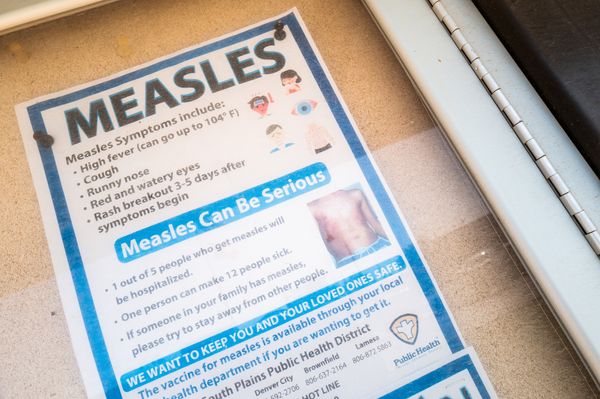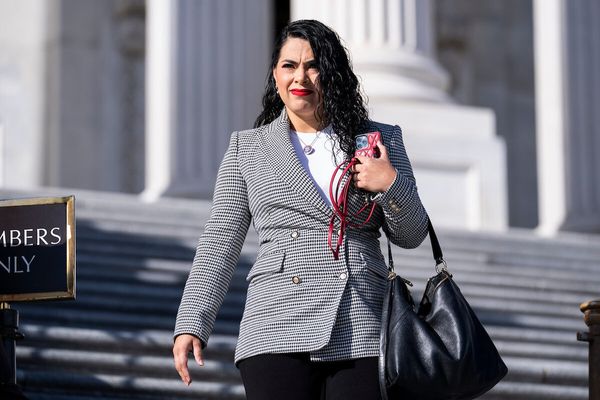
Planning to “clean out” Palestinians as a real estate money-making scheme is an idea that has long united the Israeli settler movement and some of Donald Trump’s circle of US property developers.
For decades, state-backed settlers have used concrete, steel and brick to build on occupied land in Palestine in a successful effort to use town-building as a means to claim territory and permanently force Palestinians from their homeland.
This method appealed to sections of Trump’s first administration, and not just because it was filled with apocalyptic evangelical Christians, who see a Jewish presence in the Holy Land as a biblical precondition for Armageddon, which they believe will bring the return of Jesus Christ.
It also spoke to the real estate mindset of Trump’s family and associates, most prominently his son-in-law Jared Kushner, the architect of a 2020 “peace” plan for the Middle East that was never implemented but was heavily focused on investments.
Now, Trump has expanded on the idea to its most extreme position, calling for the US to effectively colonise Gaza in what would amount to an ethnic cleansing of the population of about 2 million people. The plan is then to “develop” on the levelled ground, which is still filled with the bodies of tens of thousands people killed by Israel.
“The US will take over the Gaza Strip and we will do a job with it too,” he said. “We’ll own it.” It followed remarks last month on Gaza where he told reporters: “You’re talking about a million and a half people … we just clean out that whole thing.”
Israel has long used its occupation to make money. The modern state was built on decades of access to cheap Palestinian labour, as workers had few lucrative options in their own stifled and isolated economy.
West Bank settlements include farms and factories (often run by Israelis but staffed by Palestinians) and many settlements position themselves as cheap commuter satellite towns for Israelis working in Tel Aviv.
At the same time, Israel’s tourism industry has boomed under a monopoly on access to the holy city of Jerusalem, while tour buses use the main Israel-built highway to the Dead Sea that runs right through occupied land.
Many of Trump’s allies support these settler projects, either politically or financially. The former Arkansas governor Mike Huckabee, an evangelical Christian who has denied that Palestinians even exist as a people, travelled to Israel during Trump’s first term to physically lay a brick in a settlement in the West Bank. At the time, he said he might “want to purchase a holiday home” there.
And towards the end of Trump’s first term, Mike Pompeo became the first US secretary of state to officially visit a settlement, a deeply provocative move that previous US administrations went to lengths to avoid. He took a trip to a vineyard in the occupied West Bank run by settlers, who blended a red wine that they named in his honour.
Trump’s second time in high office is shaping up to be even more property-focused than his first. His Middle East envoy, Steven Witkoff, is an American billionaire real estate investor and developer, and Huckabee is expected to be the next US ambassador to Israel.
This time around, the ruins of Gaza are in sharp focus. Last year, Kushner, a former property dealer married to Trump’s daughter, Ivanka, praised the “very valuable” potential of Gaza’s “waterfront property” and suggested Israel should remove civilians while it “cleans up” the strip.
Kushner has become increasingly entwined in the Middle East, with his private equity firm, Affinity Partners, sourcing funding from rich Gulf states including Saudi Arabia, which has been looked at as a bankroller for the reconstruction of Gaza.
Israel has promoted several economic plans for the coastal territory over the years, while at the same time besieging Gaza and demanding ultimate overarching control. An old proposal to build an artificial island off the coast of Gaza to house a seaport and airport was re-pitched last year by Israel’s former foreign minister to frustrated EU diplomats looking for a political solution.
Trump’s takeover plan has echoes of this proposal. The US president said Gaza could become “the Riviera of the Middle East”, and Witkoff has backed the idea of transferring Palestinians out of Gaza, saying: “A better life isn’t necessary tied to physical space that you’re in.”
Meanwhile, settler groups who were moved out of Gaza under a 2005 “disengagement plan” want to go back. In December, Harey Zahav, a settler-focused real estate agency, released an image showing sketches of new buildings among the destroyed remains of Gaza. “A house on the beach is not a dream!” it said.
How settlers’ ambitions – or indeed those of the Israeli government – could fit with Trump’s takeover plan is yet to be seen, although they have a history of working together.
Nearly 60 years after Israel captured and occupied the West Bank, Gaza and East Jerusalem, it is fighting allegations of apartheid in the West Bank and genocide in Gaza, where it has killed nearly 50,000 people.
But none of that was mentioned when Trump announced his vision for Gaza. Instead, the Israeli leader, Benjamin Netanyahu, stood quietly and smiled before praising Trump’s idea as something that “could change history”.







